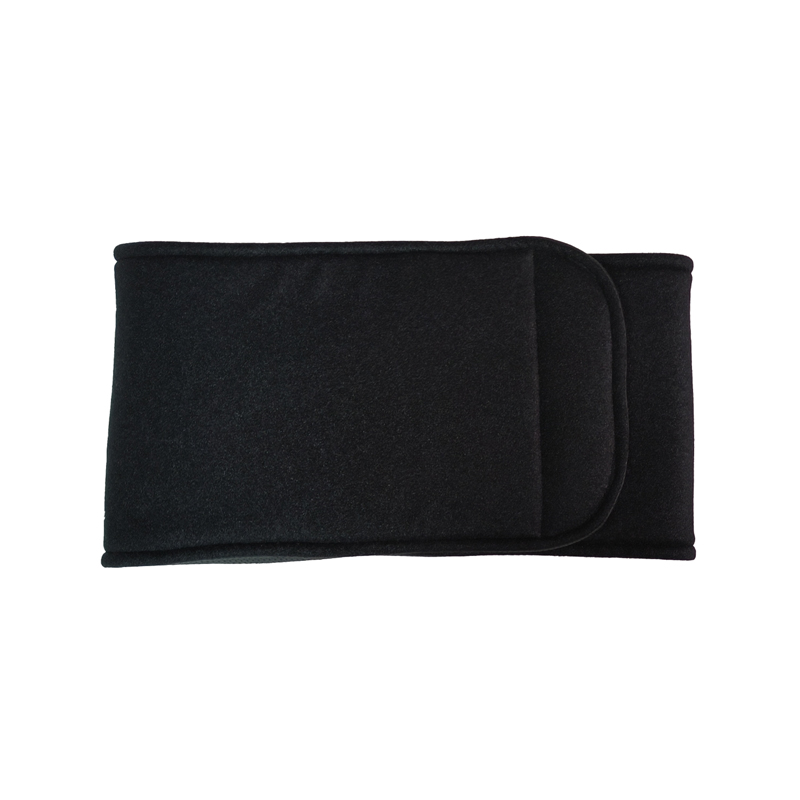A
functional protective waistband can be made even better by incorporating some innovative materials and design elements. First, impact-resistant materials such as Kevlar, carbon fiber, and high-density polyethylene can provide excellent protection against physical impact.
Adding embedded sensors in the waistband could also be a game-changer. These sensors can provide real-time feedback on impact, alerting the wearer to potential hazards or assessing the severity of the impact. You can also analyze movement patterns, which can be useful for training purposes.
Another great feature is that you can adjust the compression. This allows the wearer to customize the level of support and stabilization needed in different areas of the body. This not only provides added protection, but also makes the waistband more comfortable and functional.
Moisture-wicking and breathable fabrics are a must to stay comfortable and prevent overheating. These fabrics draw moisture away from the skin and allow air to circulate to keep the wearer cool and reduce the chance of dermatitis.
Incorporating smart technology into the waistband takes it to the next level. Features like Bluetooth connectivity and GPS tracking allow wearers to connect to other devices and track their location, making waistbands more versatile and functional.
It is also important to design a waistband with an ergonomic shape. It should fit snugly and comfortably without restricting movement. This provides optimal protection and functionality while remaining comfortable to wear.
Having a modular design with removable and replaceable components is also a great idea. This allows users to customize the waistband based on their specific needs. You can add or remove protective elements as needed to truly personalize your waistband.
An antibacterial coating can be applied to the surface of the waistband to improve hygiene and user experience. This coating prevents bacterial growth and minimizes odor.
Reflective elements or materials can be added to the waistband to increase visibility when worn in low light or outdoors. This increases the safety of the wearer.
Finally, integrating storage pockets or compartments into the waistband makes them more functional and convenient. Users can carry small personal items and essential tools without the need for additional bags or pouches.
By incorporating these innovative materials and design elements, functional protective waistbands can provide enhanced protection, improved functionality, and increased user satisfaction.












